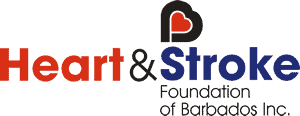Hypertensive Heart Disease

Hypertensive Heart Disease – This may be defined as the Cardiac abnormalities and consequent symptoms, which develop because of long standing, elevated blood pressure. The heart is forced to work to pump blood against an increased resistance through the body. This leads to a gradual remodelling of the heart muscle, which thickens, enlarges (Hypertrophies) and outgrows its blood supply. The muscle becomes increasingly inefficient and eventually the heart “fails”.
Failure implies that performance expectations are not being met, and fall short of requirements in a given situation. In practice, patients first have their Heart Failure drawn to their attention by the presence of symptoms, which are due, either to congestion of certain tissues and organs or attributed to inadequate blood flow through them. Congestion develops where fluid accumulates in areas from which it should have been pumped by the heart. The congestion may develop in the lungs giving rise to the symptom of dyspnoea(breathlessness), in the limbs & lowermost parts of the body, causing oedema (swelling) or in the abdomen causing a swollen liver and cescites (fluid filled abdomen).
Prevention of Hypertensive Heart Disease:
This process of remodelling which produces Ventricular Hypertrophy can be prevented by controlling the blood pressure. This involves non-drug therapy such as correction of obesity, regular exercise, and appropriate diet with low salt, high fibre as well as concomitant drug therapy if needed. Furthermore, there is accumulating evidence that long-term treatment with certain classes of antihypertensive (blood pressure reducing) medications may reduce some of the ventricular remodelling that may have been previously present.
Since hypertension is asymptomatic in the early stages and for a very long time while congestions are developing, it is essential that blood pressure be checked at regular intervals as a preventative measure.
If symptoms of heart failure develop, there are a number of options available for relief. These include altered activity, dieting measures, prescribed medication of which there is a great variety now available and in extreme cases even invasive procedure such as paracentesis.

